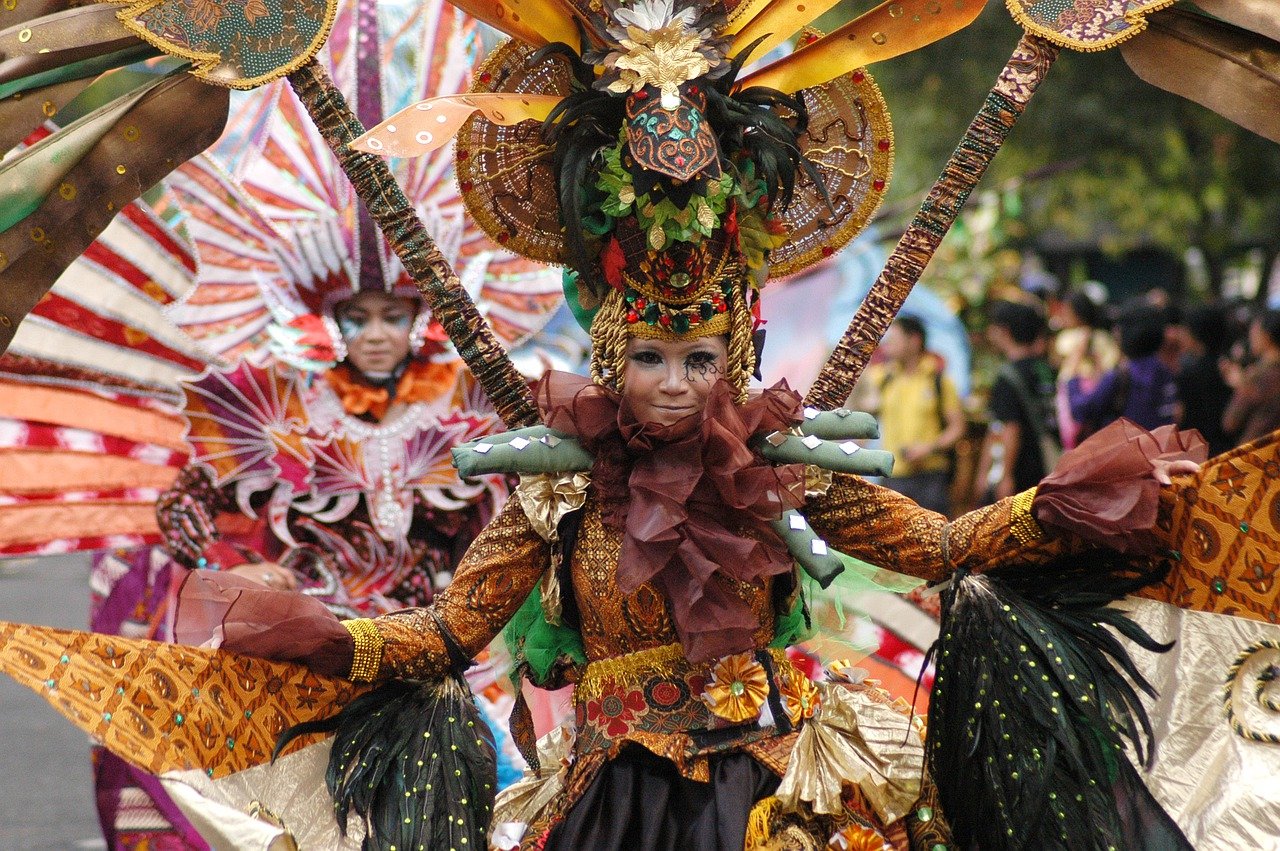Language and Communication: Overcoming Barriers in Indonesia
Introduction
Indonesia, a diverse archipelago comprising over 17,000 islands, is home to a rich tapestry of cultures, languages, and traditions. With a population of over 270 million people, communication plays a vital role in connecting individuals from different regions and ethnic groups. However, due to the linguistic diversity in Indonesia, language barriers can pose challenges in effective communication. This article explores the various aspects of language and communication in Indonesia, highlighting strategies and initiatives aimed at overcoming these barriers.
Linguistic Diversity in Indonesia
Indonesia is recognized as one of the most linguistically diverse countries in the world, with more than 700 languages spoken across its islands. The country’s official language is Indonesian, also known as Bahasa Indonesia, which serves as a lingua franca for interethnic communication and is taught in schools nationwide. However, the vast majority of Indonesians are bilingual or multilingual, with regional languages and dialects playing a significant role in daily interactions.
- Bahasa Indonesia: As the official language, Bahasa Indonesia is widely used in government, education, media, and business settings. It is based on Malay and was chosen as the national language to promote unity and facilitate communication among diverse ethnic groups.
- Regional Languages: Each region in Indonesia has its own distinct language or dialect. Javanese, Sundanese, and Balinese are some of the most widely spoken regional languages, each with its own unique characteristics and cultural significance.
- Indigenous Languages: Indonesia is home to numerous indigenous languages, many of which are endangered due to globalization and the dominance of Bahasa Indonesia. Efforts are being made to preserve and revitalize these languages, recognizing their importance in cultural heritage.
Language Barriers in Indonesia
The linguistic diversity in Indonesia can present obstacles to effective communication, both within and across regions. These barriers may arise due to differences in language proficiency, limited exposure to other languages, and the prevalence of local dialects. Language barriers can lead to misunderstandings, hinder access to education and healthcare, and impede social and economic integration.
- Limited Language Proficiency: Not all Indonesians have equal proficiency in Bahasa Indonesia, particularly in remote and rural areas where regional languages dominate. This can create difficulties in communication, especially in official settings.
- Dialectical Differences: The variations in regional dialects can make it challenging for individuals from different parts of Indonesia to understand each other. While some dialects may be mutually intelligible, others may require translation or interpretation.
- Language Access: In areas with low literacy rates or limited access to education, language barriers can hinder individuals’ ability to access essential services, such as healthcare and legal assistance.
Indonesia Image 1:

Strategies for Overcoming Language Barriers
Recognizing the importance of effective communication for national unity and development, Indonesia has implemented various strategies to overcome language barriers and promote linguistic inclusivity.
- National Language Education: The Indonesian government emphasizes the teaching and learning of Bahasa Indonesia in schools across the country. This helps to bridge the language gap and enhance communication skills.
- Translation and Interpretation Services: To facilitate communication in official settings, translation and interpretation services are provided to bridge the gap between Bahasa Indonesia and regional languages or dialects.
- Cultural Exchange Programs: Cultural exchange programs and initiatives promote understanding and appreciation of Indonesia’s diverse linguistic and cultural heritage, fostering better communication between different ethnic groups.
Technology and Language Communication
Advancements in technology have also played a significant role in bridging language barriers and facilitating communication in Indonesia.
- Language Learning Apps: Mobile applications and online platforms offer language learning resources, including Bahasa Indonesia courses, enabling individuals to improve their language skills at their own pace.
- Translation Tools: Digital translation tools, such as smartphone apps and online platforms, allow for real-time translation between Bahasa Indonesia and other languages, aiding communication between individuals who do not share a common language.
- Social Media and Online Communities: Social media platforms and online communities provide spaces for Indonesians from different regions to connect, share experiences, and communicate in a common language, fostering a sense of unity.
Indonesia Image 2:

Importance of Effective Communication
Overcoming language barriers and promoting effective communication is crucial for various aspects of Indonesian society.
- Economic Development: Effective communication between businesses, customers, and partners is essential for economic growth and trade.
- Social Integration: Language plays a vital role in fostering social cohesion and integration among diverse ethnic groups, promoting understanding and harmony.
- Educational Opportunities: Access to quality education relies on effective communication between teachers and students, ensuring equal opportunities for all.
- Healthcare Access: Clear communication between healthcare providers and patients is crucial for accurate diagnosis, treatment, and health outcomes.
Initiatives for Linguistic Preservation
Efforts are underway to preserve and revitalize endangered indigenous languages in Indonesia.
- Language Documentation: Linguists and researchers document endangered languages, creating linguistic resources and archives for future generations.
- Community Language Programs: Community-led initiatives promote language preservation through language classes, cultural events, and intergenerational language transmission.
- Government Support: The Indonesian government provides funding and support for language preservation projects, recognizing the importance of linguistic diversity in cultural heritage.
Indonesia Image 3:

Conclusion
Language and communication are essential elements in overcoming barriers and fostering unity in Indonesia. While linguistic diversity can present challenges, the country’s commitment to promoting Bahasa Indonesia as a national language, along with initiatives for preserving indigenous languages, reflects a dedication to inclusivity and cultural heritage. With the aid of technology and a focus on effective communication strategies, Indonesia continues to bridge language gaps and create a more connected society.
References
- indonesia.go.id
- unesco.org
- worldbank.org
- jakarta.go.id
- bahasa.kemdikbud.go.id

